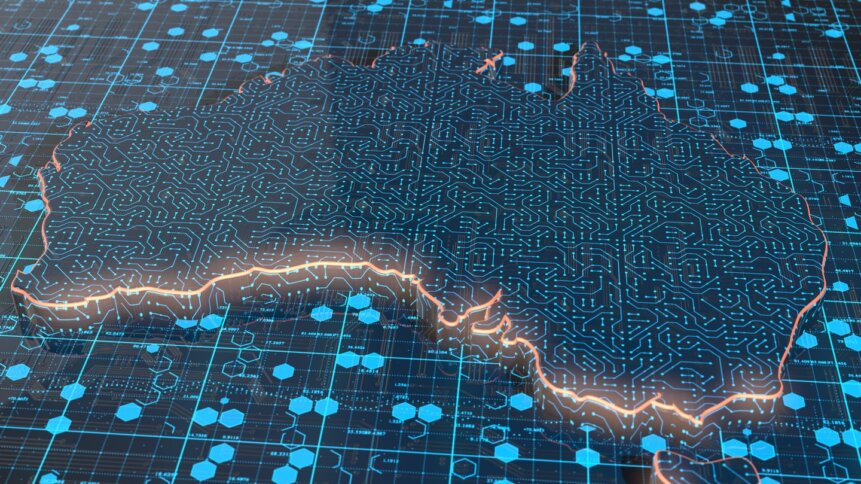AWS is investing another US$8.9bn in its cloud infrastructures in Australia

Amazon Web Services (AWS), the cloud computing arm of Amazon, announced this week that it is increasing its investment in Australia for the next five years. This comes amid the cloud giant’s deepening focus on the Asia Pacific (APAC) region in the form of an increasing number of Availability Zones and infrastructure regions.
In January this year, AWS launched its second infrastructure Region in Australia—the AWS Asia Pacific (Melbourne) Region, 11 years after the cloud firm set up its first cloud infrastructure in Sydney. Having been around since 2012, AWS has spent an estimated US$6 billion on that region since its launch. As for the Melbourne region, AWS stated in January that it plans to invest an estimated US$4.5 billion until 2037.
Don’t stop me now.
Considering the billions of dollars spent and earmarked, AWS is pretty set in Australia, at least in the next few years. However, AWS is far from resting on its laurels. Less than three months after the unveiling of the Melbourne Region, AWS this week set forth another round of investment of more than US$8.9 billion (AU$13 billion) for Australia in the next five years.
AWS shared that the added investment in Australia is so it can expand its cloud computing operations in both Melbourne and Sydney while working towards running its data centers entirely on renewable energy. The company estimated that the investment in the expansion and function of the two centers would bring in 11,000 full-time-equivalent positions.
That would include direct employees, contractors, construction, maintenance, engineering, and communications suppliers. According to the Australia and New Zealand country director at AWS Worldwide Public Sector, Iain Rouse, the company had spent US$419 million (AU$620 million) on network infrastructure, such as fiber links, on top of covering a variety of needs of both data centers.
The customers of AWS in Australia include Atlassian, Qantas, NAB, and government agencies, including the Australian Bureau of Statistics, NSW Health Pathology, and the Western Australian Department of Education. Rouse believes companies in Sydney and Melbourne were choosing where to host their services based on their customers’ locations.
“If I can give you a faster transaction, to book a flight or book a rideshare or do banking … I can make a decision to [host] from Melbourne or [host] from Sydney,” he added. To top it off, AWS has also been expanding to “local zone” services that provide similar cloud services to people in Perth, with Brisbane set to be announced soon.
The AWS Australia empire.
So far, AWS has offices in Melbourne, Brisbane, Perth, Adelaide, and Canberra and will have a combined AWS and Amazon retail office in Melbourne by late 2023. In welcoming the investment this week, Australian Prime Minister Anthony Albanese said “Economic and infrastructure investment from cloud providers like AWS helps create jobs, advances digital skills, boosts innovation, and uplifts local communities and businesses.”
He also acknowledged AWS’s investment into the nation over the past decade, and welcomed its planned investment over the next five years, the full-time jobs supported annually, and its contribution to the nation’s GDP. In May 2022, AWS announced that its first Australian utility-scale renewable energy projects had begun delivering clean energy to the Australian grid.
Amazon–AWS’ parent company–has estimated it will reach 100% renewable energy by 2025. The company so far has two solar farms in regional New South Wales (NSW) – one in Gunnedah and another in Suntop. Those two fars generate 392,000MWh of energy each year, making up the 310 renewable energy projects across 19 countries Amazon has.
Separately, a wind farm built in Hawkesdale in regional Victoria will bring in another 717,000MWh when operational, powering Amazon’s operations. “I think there’ll always be more for us to do around space, but these are physical facilities in Australia,” Rouse said.










